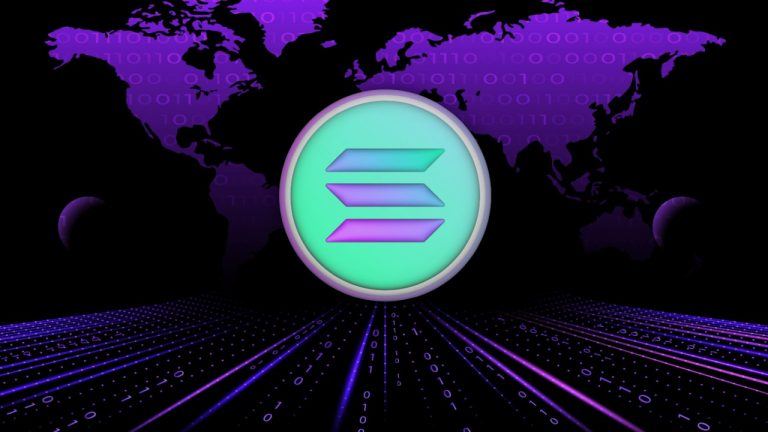Bitcoin Lightning Network developer updates node software with Taproot support

The latest software release, named lnd 0.15 beta (v0.15-beta), aims to empower developers to create solutions for more use cases by leveraging the Bitcoin Network’s capabilities.
Lightning Labs, a developer of the Bitcoin (BTC) Lightning Network (LN), released a beta version of the Lightning Network Daemon (lnd) — a complete implementation of the LN node — with added support to the latest protocol upgrades including Taproot and Musig2, among other improvements.
lnd is a software component that handles various aspects within the LN including managing a database, generating payment invoices and revoking payments, to name a few. The latest software release, named lnd 0.15 beta (v0.15-beta), aims to empower developers to create solutions for more use cases by leveraging the Bitcoin network’s latest capabilities.
Announcing lnd 0.15 beta: To Taproot and Beyond! ♾️
Featuring:
Taproot + Musig2 support for better privacy + efficiency, Taro soon™
~95% database space reduction for new data
️ New pathfinding tool to choose speed vs. cost of paymentsRead more: https://t.co/5pavMcpxBg
— Lightning Labs⚡️ (@lightning) June 28, 2022
In the announcement, Lightning Labs’ product growth lead Michael Levin revealed that over 50 contributors participated in launching the company’s first release in the year 2022, adding that:
“This release gives complete Taproot support for the internal lnd wallet, making it one of the most advanced Taproot wallets today. Further, this release has support for an experimental Musig2 API compliant with the latest BIP draft.”
The primary goal of MuSig2, a multi-signature scheme, is to allow for the creation of aggregate public keys that can be used in Taproot outputs, thus, introducing the ability to authorize transactions with Schnorr signatures.
Unlike previous versions, the beta release also removes the redundant data from the revocation log bucket, which showed a reduction of 95% in database size during initial testing. While the update does not reclaim space for existing states, Levin envisioned that a follow-up release may include a migration feature that could reclaim old disk space.
Staying true to their commitment to make the LN more reliable, robust, and secure, Lightning Labs introduced greater control over pathfinding preferences — ultimately helping to reduce the transaction fees by identifying the lowest cost route.
Related: Bitcoin network power demand falls to 10.65GW as hash rate sees 14% drop
The Bitcoin network recorded the year 2022’s lowest power demand of 10.65 gigawatts (GW) on June 25. As a result, the computing power for mining BTC blocks came down to 199.225 exahash per second (EH/s).

The sudden reduction in Bitcoin’s power demand is directly correlated to the falling hash rate. The mining hash rate corresponds to the computing power required by BTC miners to successfully mine a block — a key security metric.





